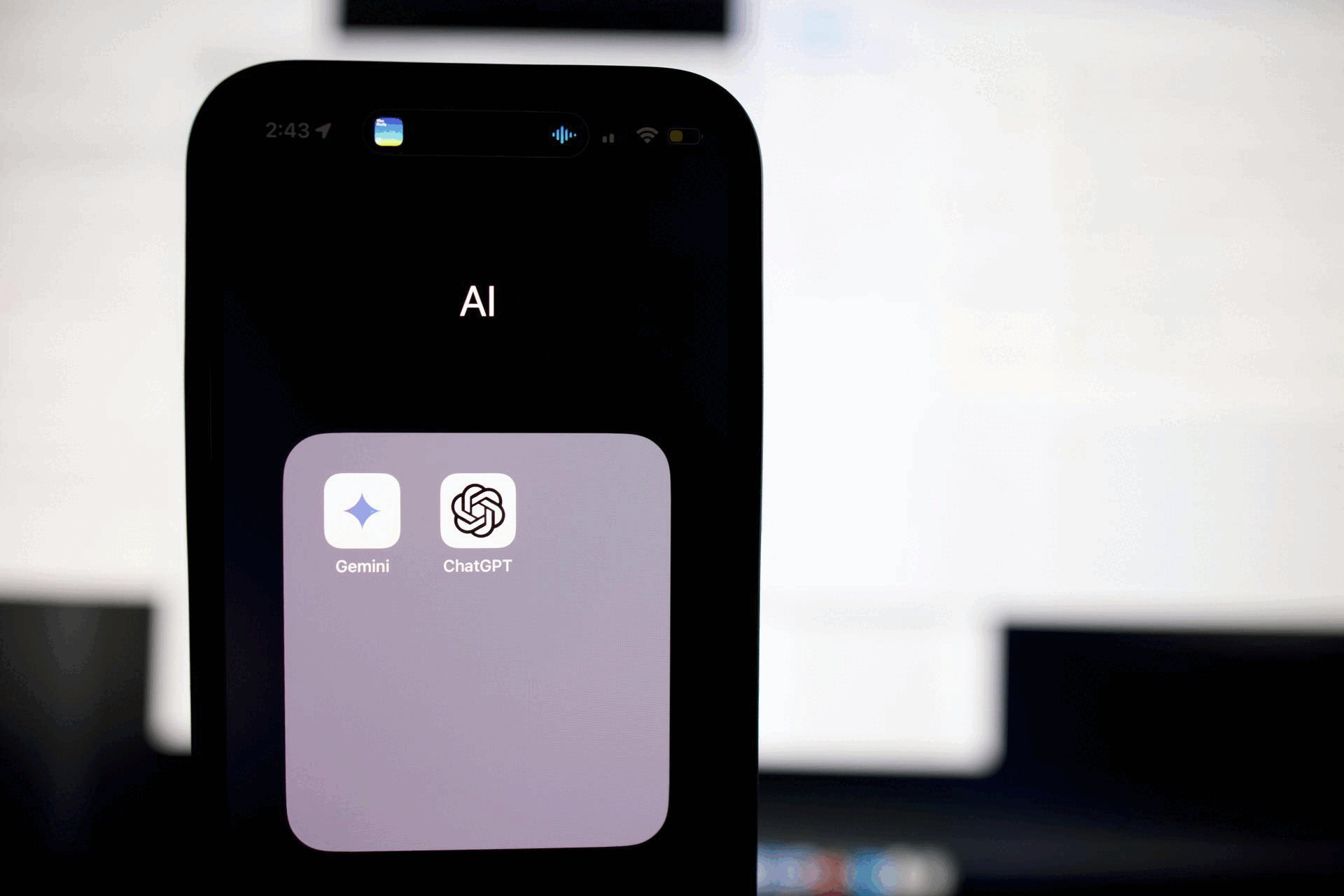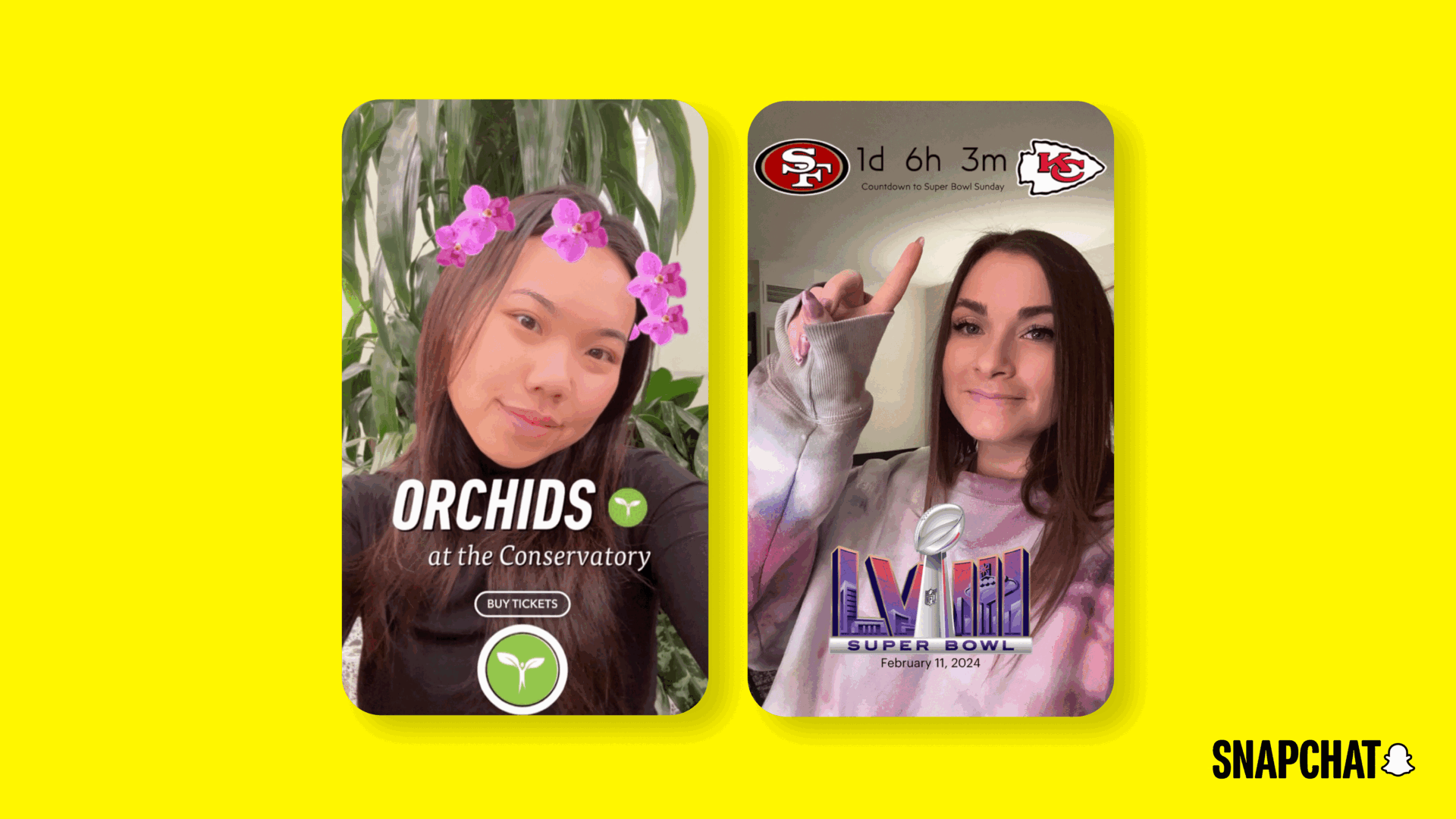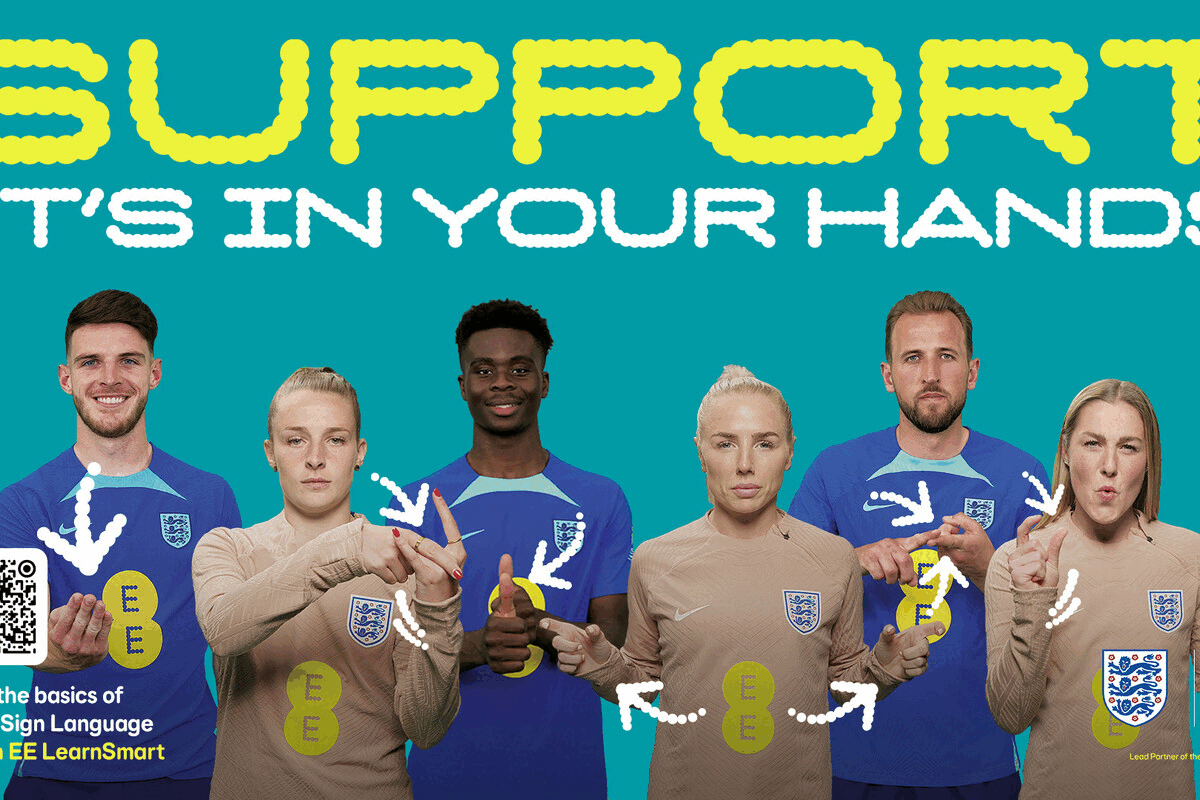Twitter Axes Vine
- Friday, October 28th, 2016
- Share this article:
 Twitter has called Time on its Vine 6-second video platform. The company revealed the news in a blog post, but gave no reason for the decision, instead reassuring users that: “nothing is happening to the apps, website or your Vines today. We value you, your Vines, and are going to do this the right way. You’ll be able to access and download your Vines. We’ll be keeping the website online because we think it’s important to still be able to watch all the incredible Vines that have been made. You will be notified before we make any changes to the app or website.”
Twitter has called Time on its Vine 6-second video platform. The company revealed the news in a blog post, but gave no reason for the decision, instead reassuring users that: “nothing is happening to the apps, website or your Vines today. We value you, your Vines, and are going to do this the right way. You’ll be able to access and download your Vines. We’ll be keeping the website online because we think it’s important to still be able to watch all the incredible Vines that have been made. You will be notified before we make any changes to the app or website.”
Twitter bought Vine before it had officially launched four years ago for a fee reported (but never confirmed) to be $30m (£24.6m). Since then, it has become a popular platform, particularly on mobile, the 6-second limit playing well to users’ preference for content-snacking on mobile.
While the decision to close Vine is as a surprise, the announcement comes only a day after Twitter announced a major restructuring of its business, cutting headcount by 9 per cent off the back of a Q3 loss of $103m. To compound the company’s problems, a raft of potential suitors, including Google, SalesForce and Disney, have confirmed in recent weeks that they have no interest in buying the company.
And Moses Velasco, VP product and chief strategist at social media analytics firm Socialbakers, says the move is no great surprise. Vine had simply run its course. He told Mobile Marketing:
“The death of Vine via Twitter, while shocking, is telling of an industry trend of shifting consumption of video content on social. At the moment, video content is king – this is telling in comparison to three years ago when Vine made its first debut. At the time, GIFs and six-second looped video were shiny and new, however this format is now commonplace and is aggregated across a wide variety of platforms now – making Vine obsolete.
“Consumers are looking for more of their content and subsequent engagement to be housed on one or two platforms. For example as we witnessed earlier this year with the introduction of ‘stories’ or Snapchat like capabilities on Instagram, consumers can now look to a few trusted platforms to engage with video – instead of switching from app to app. One major problem that the disappearance of Vine creates is where influencers that are famous on the platform will move to. Perhaps we will see an emergence of YouTube creating a Vine-like platform in its place, in order to fill the looped video void that the death of this platform will create.”

















